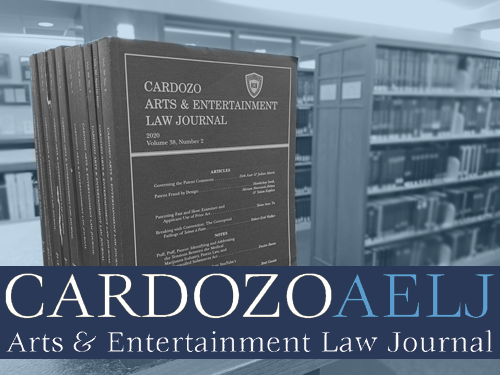Document Type
Article
Publication Date
2-21-2022
Graduation Year
2023
Abstract
Non-fungible tokens, or NFTs, are “unique files that live on a blockchain and are able to verify ownership of a work of digital art.” They are essentially digital assets that represent a unique object—typically art, music, videos, or games. An NFT only exists digitally, cannot be interchanged with any other digital asset, and yet has real world value. Much of the conversation in this space contemplates NFTs as “an evolution of fine art collecting, only with digital art.” In simpler terms, the owner of an NFT owns the certificate of authenticity to an original (albeit digital) work, comparable to the physical ownership of an original Bansky print.
This post was originally published on the Cardozo Arts & Entertainment Law Journal website on February 21, 2022. The original post can be accessed via the Archived Link button above.
Recommended Citation
Berzal, Raven, "Miramax v. Tarantino: Decoding A New Age of Intellectual Property Rights" (2022). Cardozo Arts & Entertainment Law Journal (AELJ) Blog. 310.
https://larc.cardozo.yu.edu/aelj-blog/310



